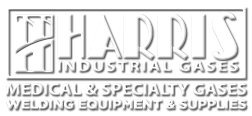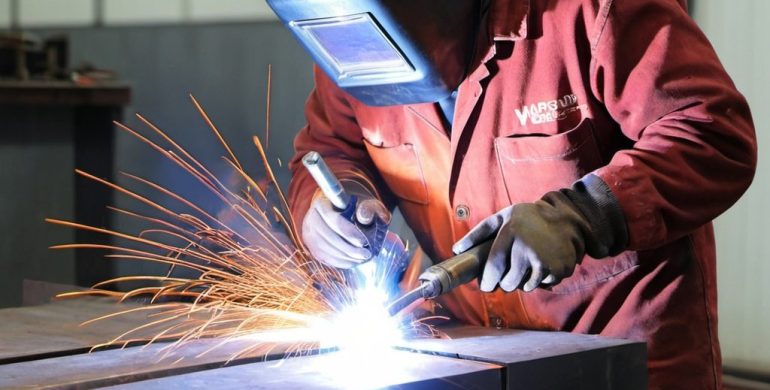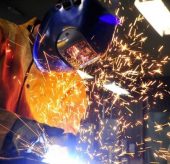Applications of Industrial Gases in Modern Manufacturing
Sacramento Sparks Reno Welding Supply
Industrial gases play a crucial role in various manufacturing sectors, serving as essential components in processes that enhance efficiency, safety, and product quality. These gases, which include oxygen, nitrogen, hydrogen, carbon dioxide, and others, are utilized across a broad spectrum of industries, including electronics, automotive, food and beverage, and healthcare.
In the electronics industry, industrial gases are indispensable for the production of semiconductors, flat-panel displays, and other electronic components. Nitrogen, for example, is used as a protective atmosphere during the manufacturing process to prevent oxidation and contamination. Hydrogen serves as a reducing agent in chemical vapor deposition processes, crucial for creating high-purity silicon and other materials. Additionally, argon is employed in plasma etching to precisely shape semiconductor wafers.
The automotive sector benefits significantly from industrial gases in various stages of production. Oxygen and acetylene are used in cutting and welding applications, essential for assembling vehicle frames and components. Nitrogen is employed in tire inflation to maintain pressure stability, enhancing safety and fuel efficiency. Moreover, hydrogen is being explored as a clean energy source for fuel cell vehicles, offering a sustainable alternative to traditional fossil fuels.
In the food and beverage industry, industrial gases play a vital role in preservation and quality control. Carbon dioxide is commonly used in carbonated beverages, while nitrogen and carbon dioxide mixtures are utilized in modified atmosphere packaging (MAP) to extend the shelf life of perishable goods. These gases help inhibit the growth of bacteria and prevent spoilage, ensuring products remain fresh for longer periods.
Healthcare applications of industrial gases are diverse and critical. Oxygen is perhaps the most well-known, used extensively in medical treatments, including respiratory therapy and anesthesia. Nitrous oxide serves as an anesthetic, while helium is used in cryogenics for MRI machines. Additionally, medical-grade gases are employed in sterilization processes, ensuring equipment and surgical instruments are free of contaminants.
In summary, industrial gases are integral to various manufacturing sectors, offering unique properties that enhance processes and product quality. Their applications range from providing protective atmospheres and clean energy solutions to preserving food and ensuring medical safety, making them indispensable in modern industry.





